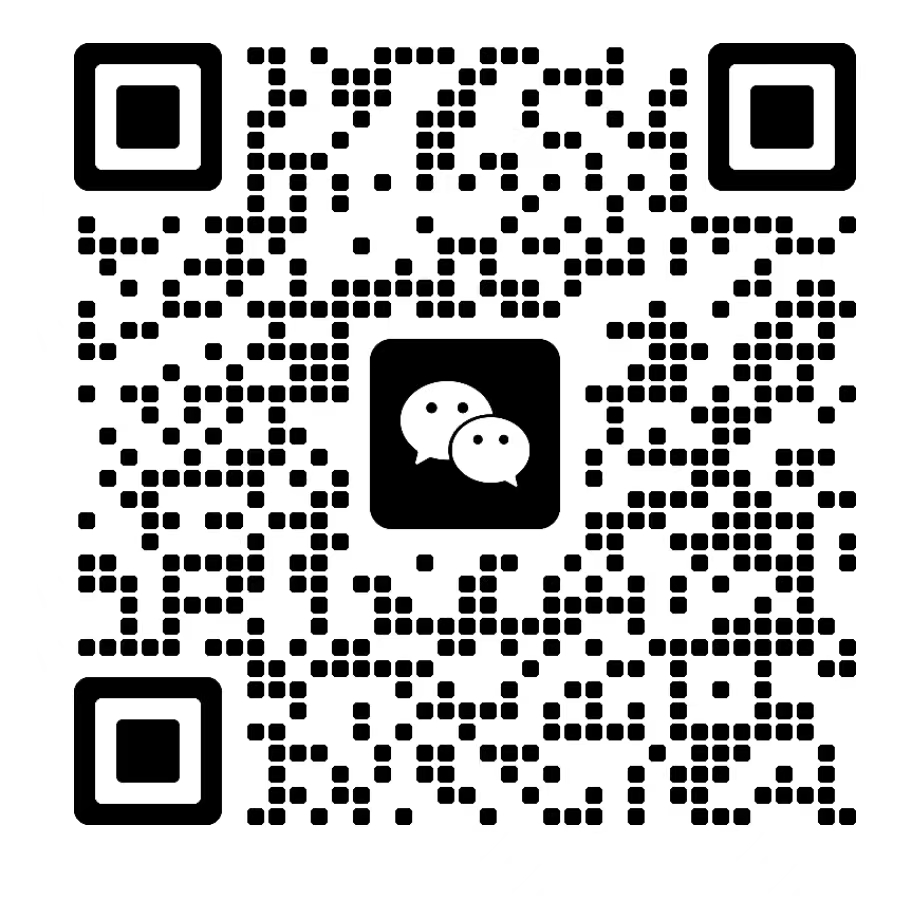The China After-School Tutoring Market is booming, driven by parents eager to help their kids succeed in a fiercely competitive education system.
Focused mainly on K-12 test prep and higher education support, this market is set to grow by USD 130.8 billion by 2029, with a rapid CAGR of 18.3%. Urbanization, rising family incomes, and better internet access have made after-school tutoring more accessible, and almost essential for many families.
But with new government policies and tough competition, things are changing fast. Curious about the latest trends and what’s next? Keep reading to see what’s really happening!
China After-School Tutoring Market Overview

The after-school tutoring market in China has taken off, largely because students need extra support to stay ahead. Parents expect a lot, and that expectation fuels the market’s rapid development.
Let’s look at what this market actually covers, and how it’s changed lately.
What Is the China After-School Tutoring Market?
This market includes private lessons and educational services for students outside regular school hours. Subjects range from math and science to English and test prep.
Tutoring comes in different flavors: in-person classes, online sessions, and hybrid models. Lately, AI and digital tools have started popping up everywhere to boost learning outcomes.
China’s competitive education system and the relentless parental focus on grades keep this market humming. Demand isn’t going anywhere—families always look for an edge.
China’s after-school tutoring market remains vast and fast-changing, continuing to grow even as new government rules try to ease academic stress for students and parents.
The 2021 “double reduction policy” hit for-profit tutoring in main school subjects for Grades 1-9 the hardest, but the industry has adapted. Now, there’s more focus on STEM, language learning, and tutoring for high school students (Grades 10-12). Online platforms and tech-based tutoring are also on the rise, showing how the market is finding new ways to thrive despite tighter regulations.
Historical Growth and Current Market Size
Back in 2025, the market size for after-school tutoring in China sat around $99.3 billion. Forecasts say it’ll jump by $130.8 billion between 2025 and 2029.
That’s a pretty wild growth rate—about 18.3% CAGR. Rising incomes, urbanization, and exam pressure all play a role.
Lots of new companies and investors are jumping in, thanks to strong demand and tech breakthroughs.
Key Drivers and Trends in the China After-School Tutoring Market

The market’s main engine? Parents and students chasing academic success. Technology is also shaking things up—changing how tutoring happens and who can access it.
Academic Pressure, Parental Expectations, and Societal Factors
China’s schools are competitive, and exam results can shape your whole future. That kind of pressure pushes students to look for help after school.
Parents want high scores and top university spots for their kids. So, tutoring services that promise better test results are in high demand.
Education holds a special place in Chinese society. For many families, tutoring is just part of daily life—a step you don’t skip if you want to succeed.
Online Tutoring and Tech Innovations
Online tutoring has exploded, making learning more flexible and, honestly, a bit less stressful for families. Tutors now use video calls, interactive apps, and AI to personalize lessons.
Online platforms let students connect with tutors from anywhere, cutting down on travel and costs. This is especially handy for families in smaller cities.
With tech, students can track their progress and zero in on weak spots. No wonder online tutoring has become a major growth driver.
Market Segments and Leading Companies

The market splits by subjects, age groups, and learning modes. Competition is fierce—top companies all try to stand out with their own strengths.
Main Subjects, Age Groups, and Delivery Modes (Online/Offline)
Most tutoring focuses on core subjects: math, English, and Chinese. These get the biggest slice of the pie, especially for primary and secondary students.
Kids aged 6 to 18 make up the bulk of the market. Preschool and university prep are smaller niches, but they’re growing as pressure ramps up.
Both online and offline options exist. Online classes have surged, thanks to tech and changing habits. Still, many families stick with offline tutoring for the personal touch. Hybrid models are all the rage now, blending both worlds.
Top Tutoring Providers in China
Major players in the China After-School Tutoring Market include New Oriental Education & Technology Group and TAL Education Group, both of which have been industry leaders with strong offline networks and expanding online services.
Since China’s 2021 regulatory changes, these companies have shifted focus toward non-curricular, quality education, and other educational services.
China Distance Education Holdings Ltd. is also a well-known education provider, primarily specializing in online professional and adult education rather than mainstream K-12 tutoring. Despite recent challenges, New Oriental and TAL remain influential in shaping the evolving tutoring landscape in China.
New Oriental covers a wide range, including test prep outside the usual school subjects. China Distance Education Holdings leans into online courses, perfect for remote or busy students.
These companies battle it out by building digital platforms and trying new teaching methods. They also pivot fast when regulations change. If you want quality and options, these are the names to watch.
Challenges and Regulatory Changes
China’s after-school tutoring market has hit some speed bumps, mostly from new government rules and worries about costs and student health. These changes hit both providers and families hard.
Policy Shifts and Their Impact
Since 2021, the government has tightened the reins on for-profit tutoring. Many businesses had to shut down or totally rethink their approach. The 2024 draft rules keep up the pressure, making off-campus training harder to run.
You might notice fewer tutoring choices now. Investors have to tread carefully, though 2023 saw some for-profit options return, letting investors earn dividends again. It’s a cautious comeback, but government oversight is here to stay.
The goal? Lower student pressure and create a fairer playing field. These rules change how big, expensive, and aggressive tutoring companies can get. Now, it's less about raw competition and more about fitting into policy goals.
Affordability and Student Well-Being
Tutoring isn’t cheap—a family in southern China might spend 3,000 yuan ($420) a month just on math and online classes. That’s a lot for many households, especially as demand keeps rising.
Policies also try to protect student health. Too much tutoring has led to stress and burnout. By capping hours and fees, the government hopes to give kids more breathing room.
Of course, cutting tutoring might mean less extra help for some students. Balancing affordability, health, and access? That’s still an open question for families and the whole market.
Future Outlook and Opportunities
Despite the hurdles, China’s after-school tutoring market looks set for strong growth. Demand is high, and tech keeps opening new doors.
Market Forecast
Technavio predicts the market will jump by about USD 130.8 billion from 2025 to 2029. That’s a solid CAGR of 18.3%. In 2025, it’s already valued at around USD 99.3 billion.
This kind of growth opens up lots of chances for both new and established tutoring providers. Parental spending keeps climbing, and the competition for results is fierce. There’s no sign of demand slowing down.
Emerging Trends
Personalized education and digital platforms are taking center stage. Parents want study plans that fit their child, not just a one-size-fits-all approach.
AI and big data are now tracking student progress and tailoring lessons. Providers who jump on these trends can really stand out in a crowded field.
Innovation
AI-driven tutoring tools and online platforms are game-changers. Smart algorithms can adapt to each student’s pace and style, making learning more efficient.
Blended models—mixing in-person and online sessions—are catching on. They offer flexibility, reach more students, and can even lower costs.
Final Thoughts
The China after-school tutoring market is at a turning point. With new policies and tech tools, the way students learn after school is evolving quickly. Parents and students now have more options, but also face new challenges.
As the market keeps changing, staying informed is key for families and businesses. By understanding the latest trends, everyone can make smarter choices. The future of after-school tutoring in China will be shaped by innovation, policy, and the needs of students. If you need guidance on navigating regulations or starting a tutoring business, contact China Legal Experts for professional advice and support.
Frequently Asked Questions
Why China is cracking down on after school tutoring?
The government wants to ease the academic burden on students. By limiting extra classes, they hope to reduce stress and level the playing field. It’s also about cutting costs for families and encouraging well-rounded development.
How big is the tutoring market?
Before the crackdown, China’s tutoring market topped $100 billion. Tons of private companies offered personalized learning, impacting millions of students in both cities and rural areas.
Does after school tutoring work?
After-school tutoring usually helps students boost their grades and test scores. Personalized lessons can target weak spots. Still, too many hours and too much pressure can hurt student well-being and, ironically, learning itself.
Why did China ban tuition?
The ban on for-profit tutoring aims to keep education from getting too expensive or unfair. The government also wants to stop aggressive marketing and endless homework on weekends and holidays. The big goal: help students balance school and life.
Is tutoring still banned in China?
Yeah, some types of tutoring are still banned in China. If you're thinking of for-profit sessions on weekends or holidays, those are definitely off-limits.
On the other hand, a few non-profit or government-approved programs still get the green light. The authorities keep a close eye on timing and location, trying to keep the whole sector in check.
Also Read Out Other Articles:
Subscribe to receive updates
Subscribe to receive the latest blog posts to your inbox every week.






